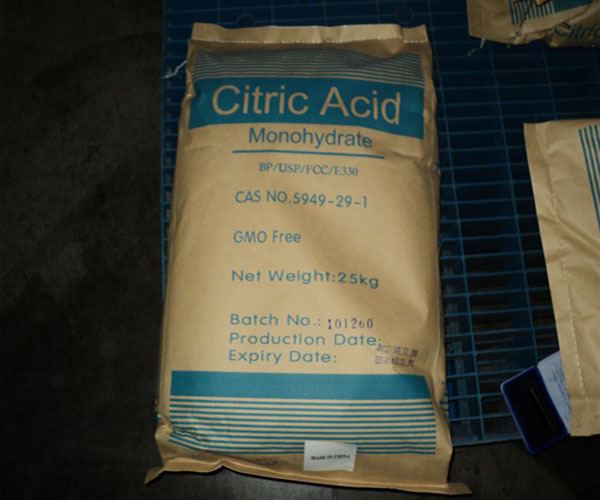 | ||
Similar Glucose syrup, Anticaking agent, Modified starch, Caramel color, Flavour enhancer | ||
Food additives acidity regulators
Acidity regulators, or pH control agents, are food additives added to change or maintain pH (acidity or basicity). They can be organic or mineral acids, bases, neutralizing agents, or buffering agents. Typical agents include these acids and their sodium salts: sorbic acid, acetic acid, benzoic acid, and propionic acid. Acidity regulators are indicated by their E number, such as E260 (acetic acid), or simply listed as "food acid".
Contents
Acidity regulators differ from acidulants, which are often acidic but are added to confer sour flavors. They are not intended to stabilize the food, although that can be a collateral benefit.
What does acidity regulator mean
References
Acidity regulator Wikipedia(Text) CC BY-SA
